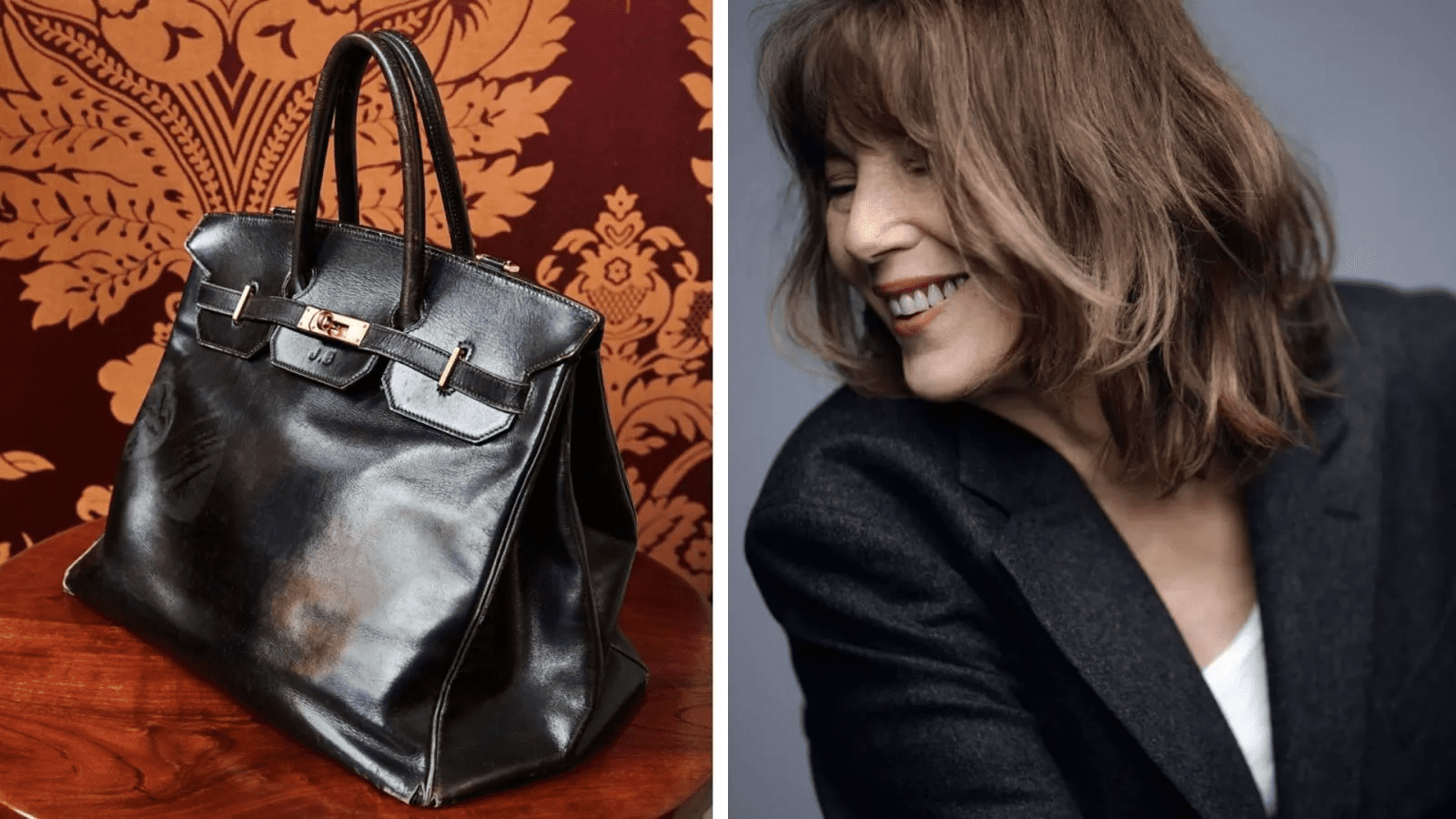The Birkin Bag: From Sky-High Sketch to Auction Block Legend
This summer, fashion history is poised to change hands. The very first Hermès Birkin bag ever made—a leather prototype originally gifted to and used by Jane Birkin herself—is going under the hammer. Its estimated value? Uncertain. Its significance? Immeasurable. With its unique provenance, visible wear, and custom features, this bag is more than a luxury accessory—it’s a cultural artifact, and arguably one of the most coveted handbags in history.
A Chance Encounter, a Timeless Design
The story of the Birkin bag is practically fashion folklore. In 1984, British singer and actress Jane Birkin was on a flight from Paris to London. Seated next to her was Jean-Louis Dumas, then the executive chairman of Hermès. As legend goes, Birkin’s overfilled straw tote burst open mid-flight, scattering contents everywhere. She remarked—half-lament, half-inspiration—that she’d never found a chic leather bag large enough for her needs as a young mother.
Dumas listened. He grabbed the nearest paper—an airsickness bag—and began sketching. What resulted was a structured yet supple tote, equipped with a flap closure, dual rolled handles, a lock and key, and ample interior space. Crucially, it had the elegant minimalism Hermès was known for, fused with everyday practicality.
The rest, as they say, is fashion history.
The Prototype: A Legend in Leather
The Birkin bag heading to auction isn’t just any vintage piece—it’s the original prototype, the very first one made after that mid-air brainstorm. Given to Jane Birkin herself, the bag bears early design details that differ from today’s models. It features brass hardware instead of palladium or gold, and an interior zipper from a different supplier. The structure is slightly more utilitarian, with flat studs and a narrower silhouette.
In true Jane Birkin style, the bag was used often and unapologetically. She famously rejected the idea of treating bags preciously. “I only carry it because it’s the bag with the most pockets,” she once said. She added stickers, keychains, and even a nail clipper to the handles—some of which are still attached to this day. Its wear, far from diminishing its value, speaks to its authenticity and legacy.
Originally auctioned for charity in 1994, the bag was later purchased by vintage luxury expert Catherine B in 2000. After displaying it in international exhibitions from Paris to Hong Kong, she’s now offering it up at Sotheby’s—where it’s expected to ignite fierce bidding.
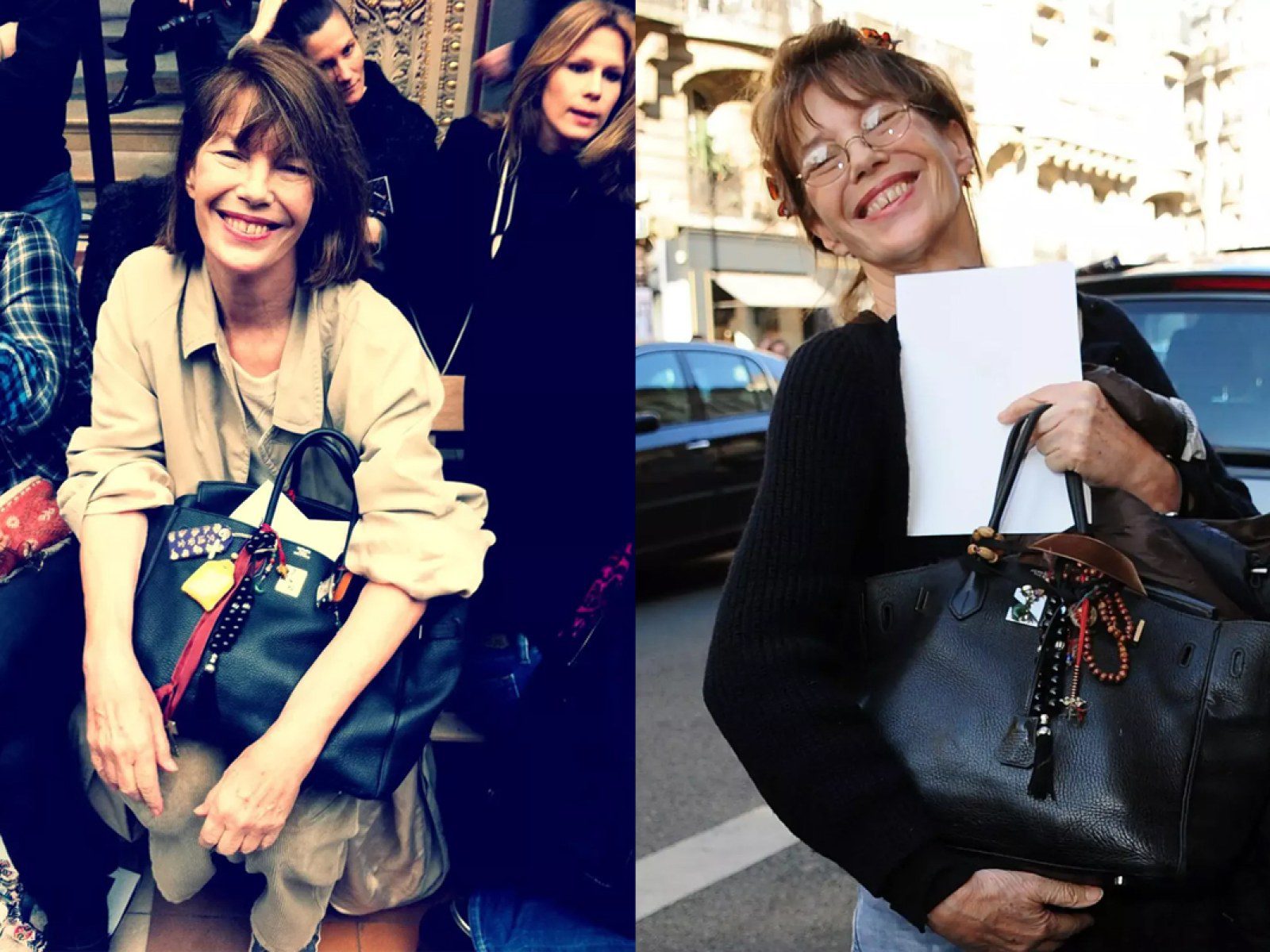
From Fashion Statement to Financial Asset
When it debuted in the mid-1980s, a standard Hermès Birkin 35 in leather cost about $2,000 to $3,000 USD. Today, that same bag retails for anywhere from $10,000 to $15,000, depending on the leather and hardware. Exotic skins like crocodile or ostrich can push prices upwards of $50,000, while ultra-rare editions or artist collaborations have sold for well over $100,000 at auction.
But the real kicker? Unlike most consumer goods, Birkin bags appreciate over time. According to a study by Baghunter, the value of a Birkin increased 500% between 1980 and 2020, outperforming the S&P 500 and even gold. That’s not just style—it’s smart investing.
The resale market reflects this. On platforms like Christie’s, Sotheby’s, or Privé Porter, vintage Birkins in good condition regularly sell for more than their original retail price. In 2017, a rare Himalaya Birkin with diamond-encrusted hardware sold for $380,000. In 2022, another shattered records, fetching nearly $450,000.
Why? Scarcity plays a big role. Hermès limits production, and getting a new Birkin isn’t as simple as walking into a boutique—it requires relationships, purchase history, and sometimes, years of waiting. In essence, the Birkin is luxury’s version of a blue-chip stock: rare, desirable, and recession-resistant.
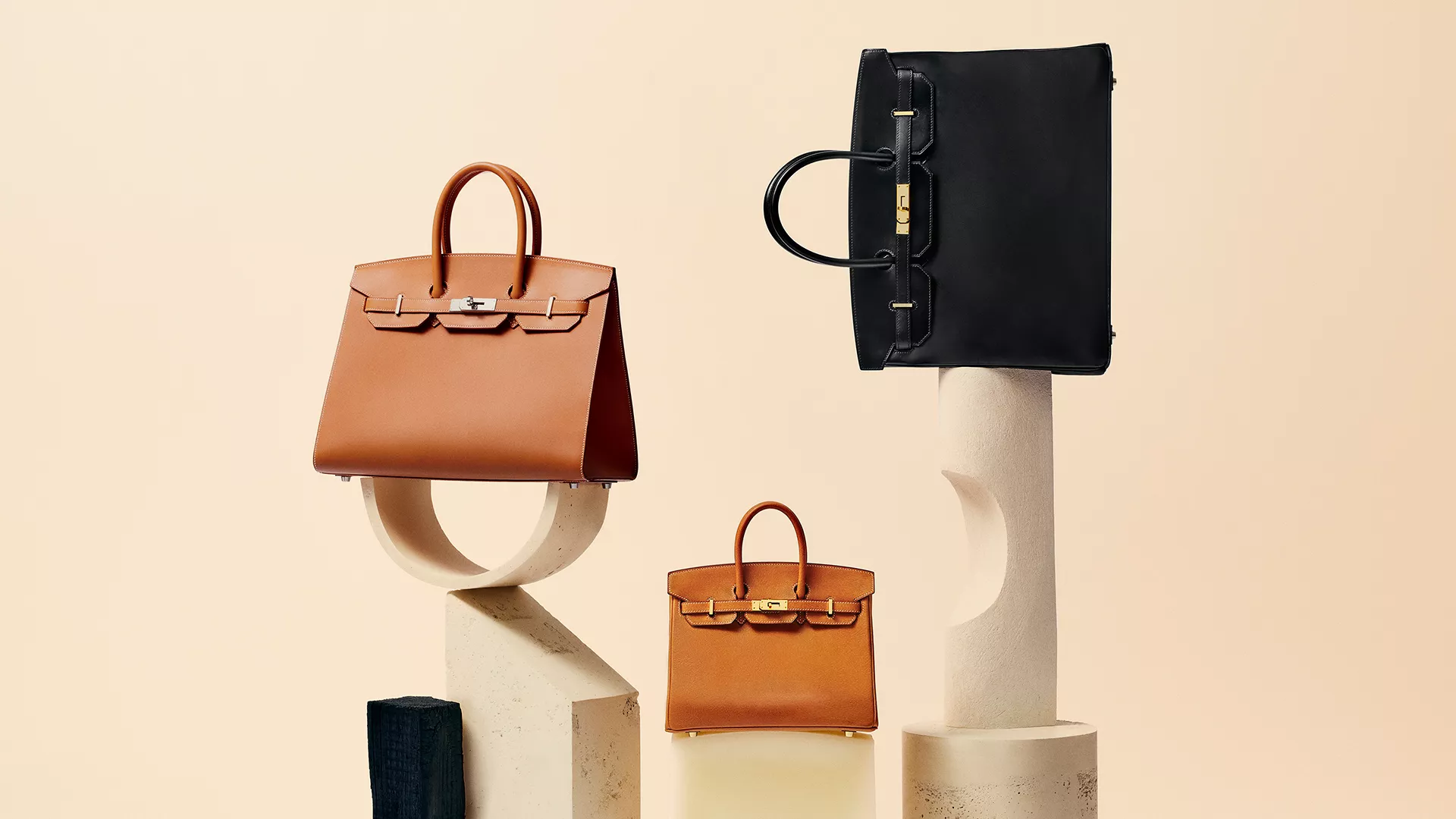
Cultural icon and Pop symbol
The Birkin bag has evolved beyond its practical beginnings into a pop culture symbol of taste and access. It’s been referenced in everything from Sex and the City to Drake lyrics. Victoria Beckham is rumored to own over 100. Kris Jenner has a climate-controlled Birkin closet. Cardi B shows hers off on Instagram like trophies.
Yet part of the Birkin’s charm lies in the contradiction it carries: designed for casual chicness, worn by women like Jane Birkin in jeans and T-shirts, yet prized by high-net-worth individuals as ultimate status symbols. It's equally at home at a street market or an art auction.
Brooklyn-based art collective MSCHF even deconstructed pre-owned Birkins to create Birkinstocks—sandals priced up to $76,000—blurring the line between critique and covet. Meanwhile, “Birkinification” is a rising social media trend, with influencers adding their personal flair to bags inspired by Jane’s famously unfiltered style.
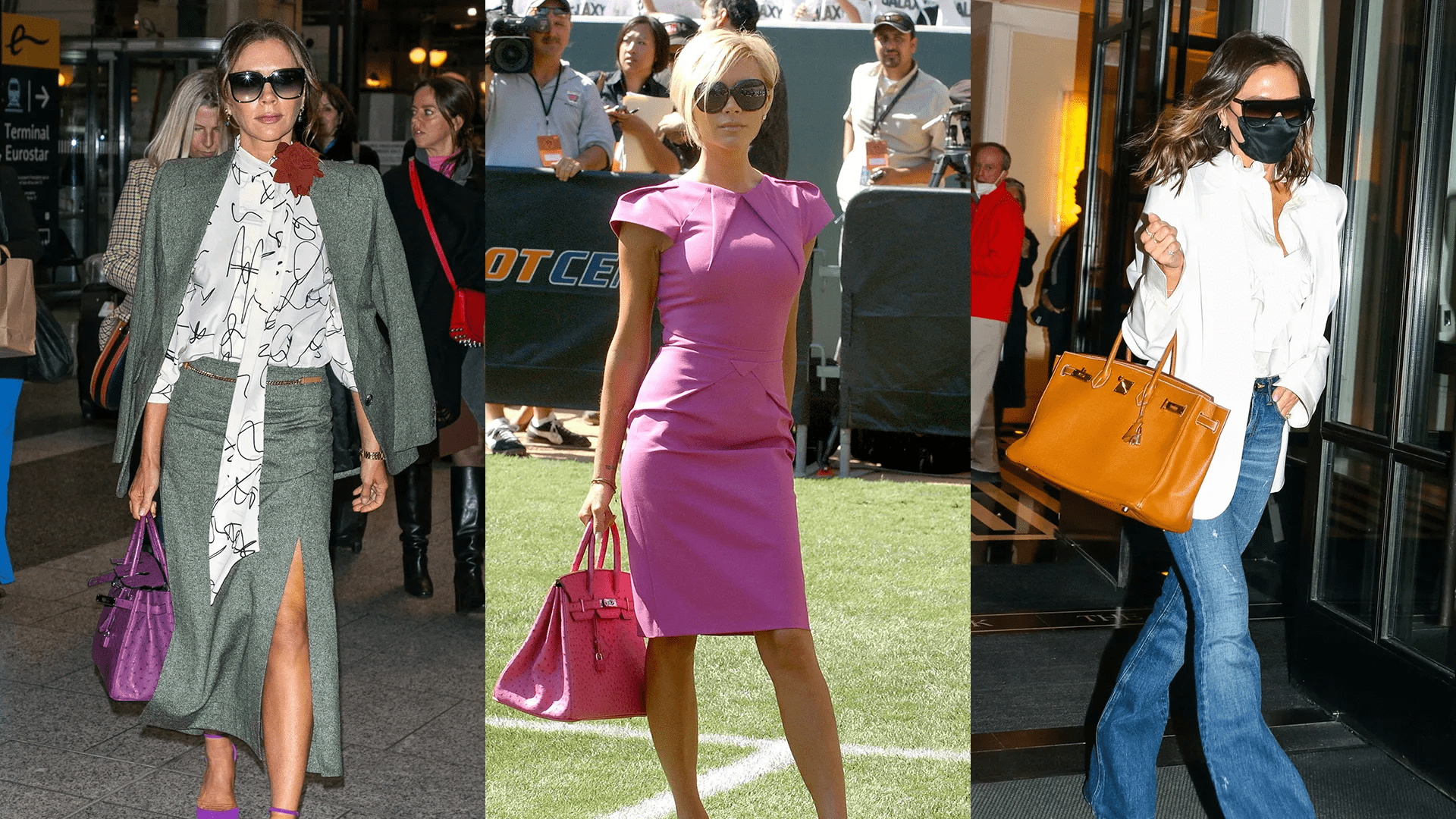
The Woman Behind the Bag
Jane Birkin, who passed away in July 2023, never saw the bag as an object of desire. To her, it was just a well-made tool—one she carried with feminist nonchalance. She cycled through five over her lifetime, each scuffed and scribbled on, a far cry from the pristine museum pieces collectors chase today. In 2021, one of her used Birkins sold for around $160,000. But this prototype? It’s the origin story in tangible form.
Her daughters, Charlotte Gainsbourg and Lou Doillon, have inherited both her activism and her understated elegance. In an age where sustainability and authenticity matter more than ever, Jane’s legacy—bags and all—feels more relevant than ever.
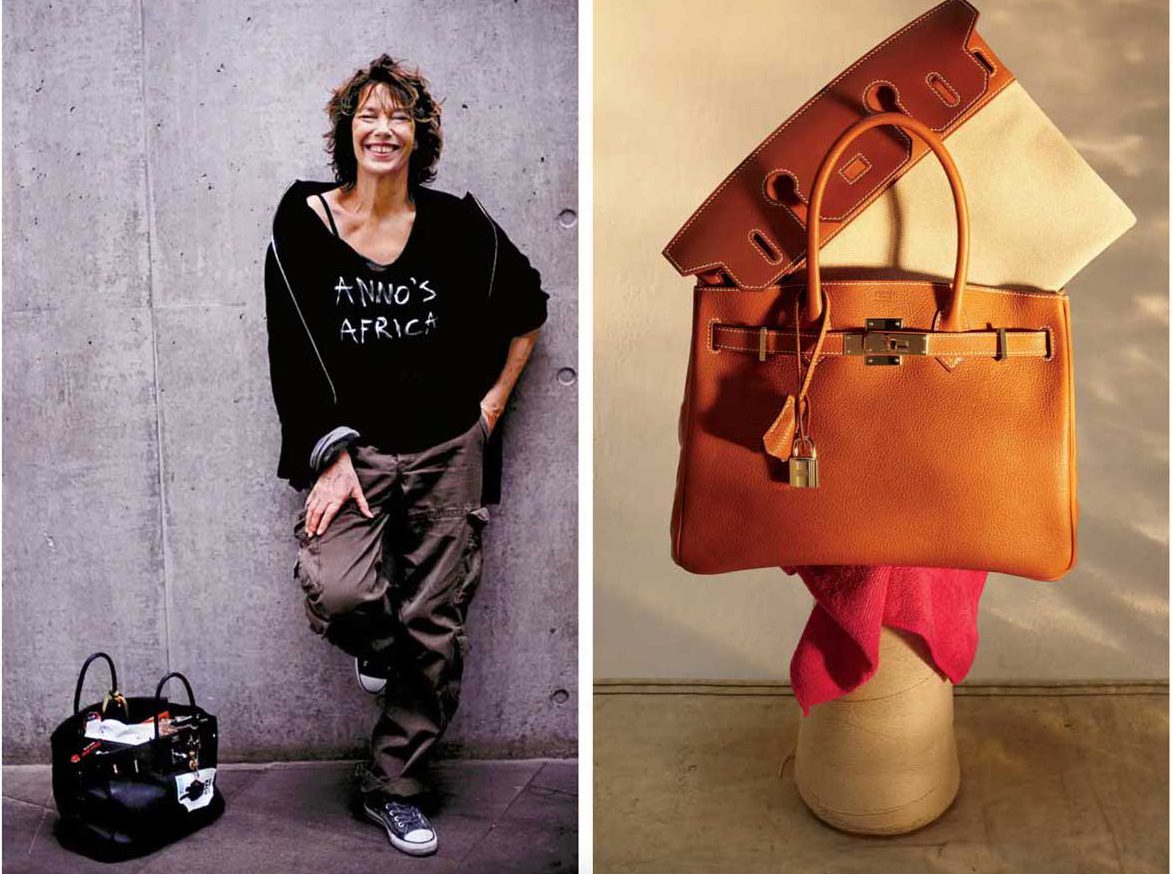
What Comes Next?
The upcoming Sotheby’s auction represents more than a sale—it’s a moment of reflection. Will the prototype reach half a million dollars? More? Possibly. But for fashion historians, collectors, and fans of Jane Birkin, the real value lies in what it represents: a moment of pure serendipity that changed fashion forever.
The Birkin was born in the clouds—sketched on a motion-sick napkin, dreamed up by a free spirit and a master craftsman. Forty years later, it remains one of the most powerful symbols of luxury, artistry, and womanhood. And now, its very first iteration is ready to find a new steward.
Whoever wins it won’t just be buying a handbag. They’ll be holding a piece of history.
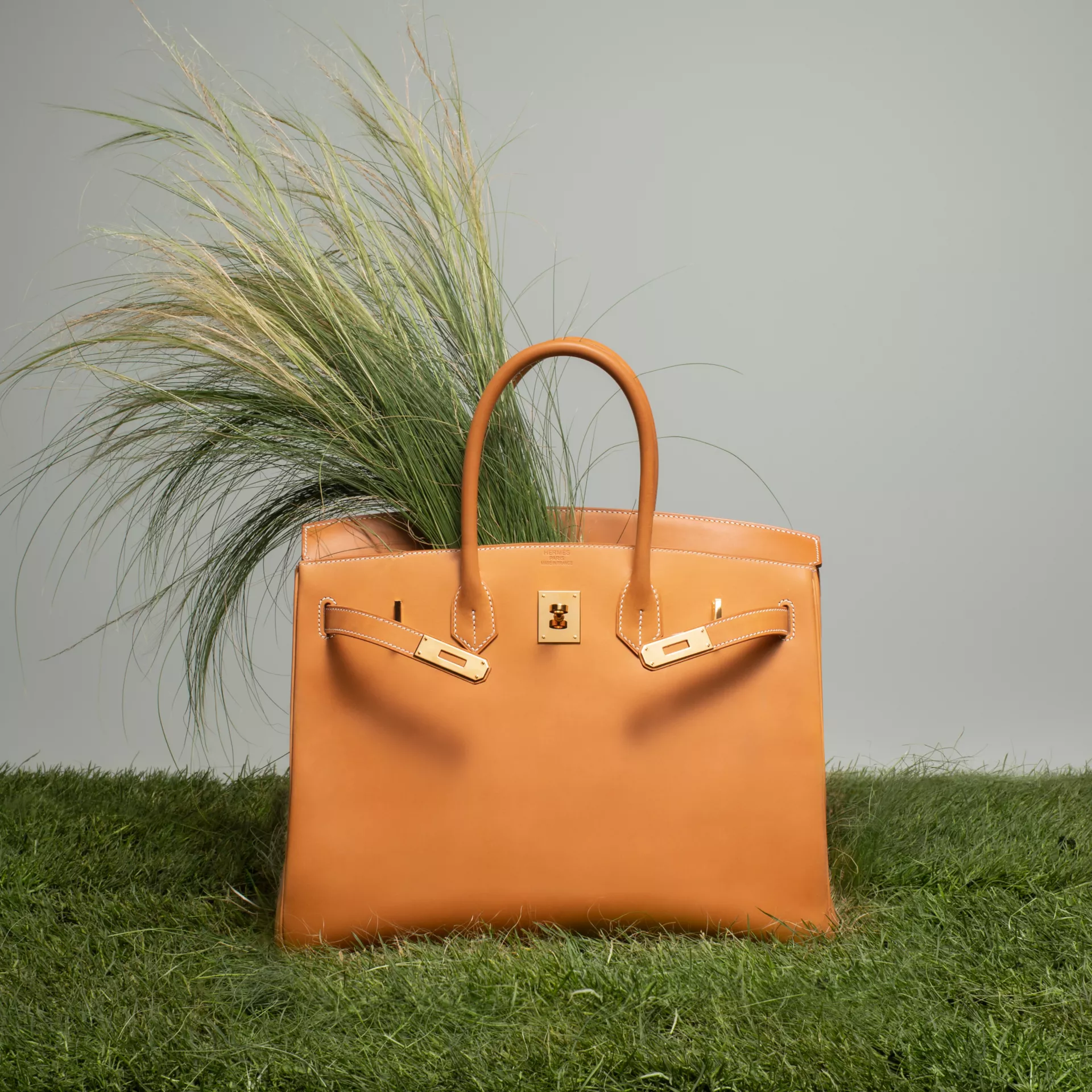


 $ (USD)
$ (USD)  £ (GBP)
£ (GBP) 


